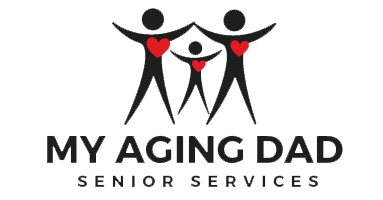I’ve Fallen and I CAN Get Up!
Jeff Glover, a two-time Brazilian Jiu-Jitsu world champion, attributes a significant part of his success to a unique skill that often goes unnoticed – the ability to break his fall without getting hurt. Avoiding impact and knowing how to fall safely is a crucial factor in preventing injuries. Whether you're an athlete or an everyday individual, mastering the skill of falling can be the difference between safety and severe harm.Jeff Glover is a two time world champion in Brazilian Jiu-Jitsu. In 2012, he held the best record in the event's history, having lost only 4 times over 8 years of active competition. When coaching, Glover explains a unique skill most would not have considered. He is really good at getting to the ground without getting hurt and avoiding a lot of impact. He explains that he would not be a world champion without being an expert in the skill of breaking his fall. The ability to break your fall is a huge factor in preventing injuries. Glover states that is the first and most important skill to learn.
The Importance of Fall Drills
Mastering the art of falling through fall drills is essential. These drills teach your body how to fall in a safe and effective manner, helping prevent critical injuries during accidents or emergencies. Similar to how military trainees repeatedly practice skills to respond under stress, practicing fall drills conditions us to react in a specific way, even when our physical and mental capacities are compromised.
The CORE FOUR Fall Drills
Here are four drills to practice in your home and even practicing in different areas/rooms of your dwelling place.
- Rolling left to right and rolling onto your stomach and back.
- Performing push-ups from the floor.
- Half-kneeling for both the left leg and right leg.
- Crawling or scooting.
If your home has non-carpeted floors, using a mat to practice these drills can be beneficial. Regular practice of fall drills can increase your confidence and preparedness, making you calmer and less fearful in real emergency situations. For optimal results, consider practicing these drills daily and involve a friend, spouse, or family member to participate with you.
Learning how to fall safely is a vital skill that can significantly reduce the risk of injuries in various situations. Whether you're an athlete like Jeff Glover or an individual seeking to enhance personal safety, fall drills provide invaluable training for reacting effectively during accidents or emergencies. By regularly practicing these drills, you can prepare your body and mind to handle unexpected falls with greater composure and confidence. Embrace the core four fall drills and take a proactive step towards fall prevention today!


